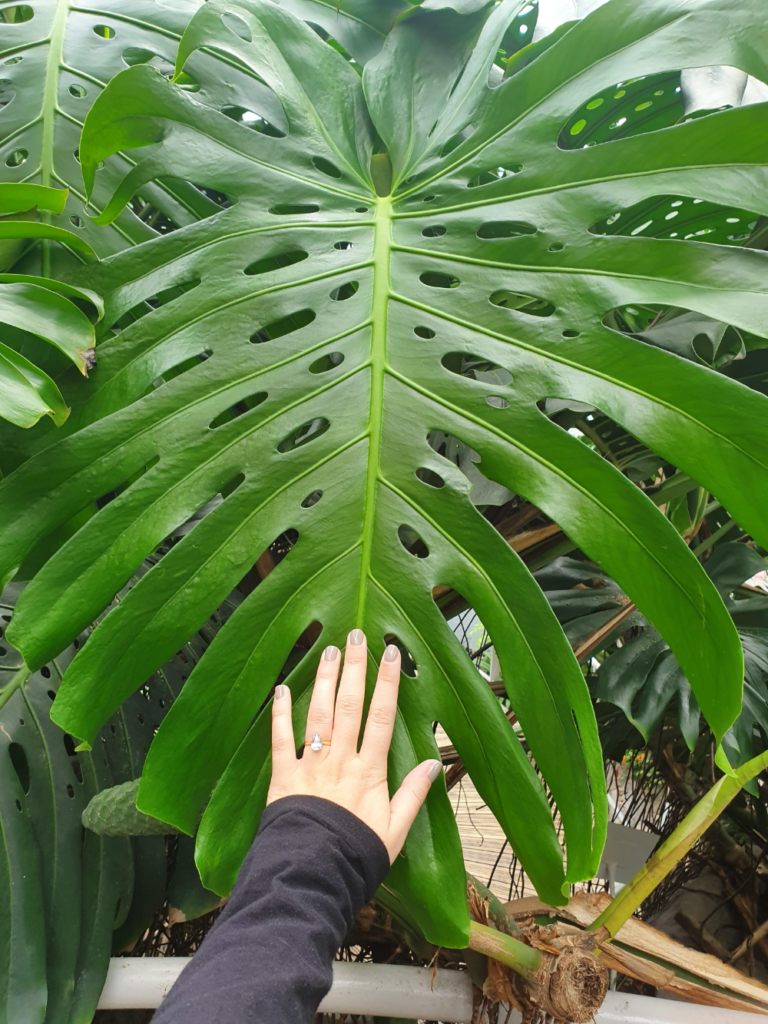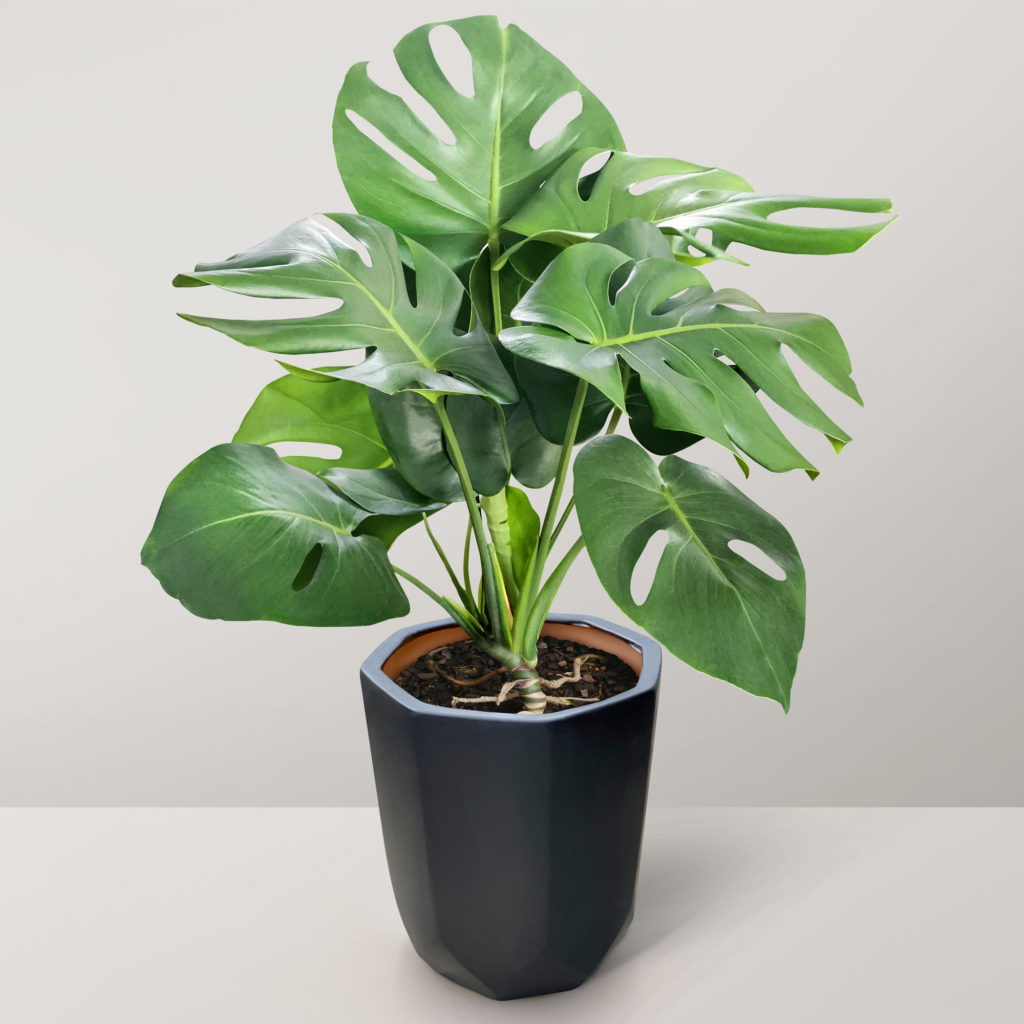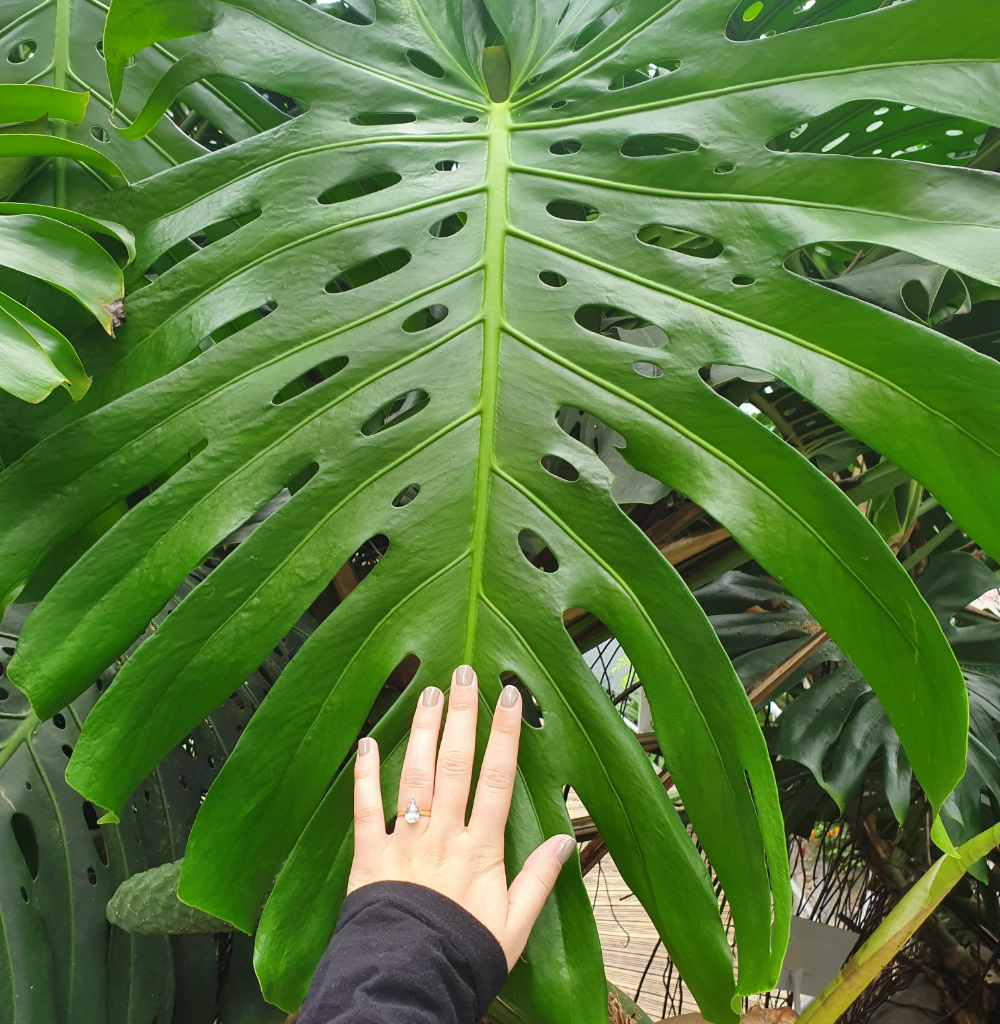This hard-to-kill beauty makes a simple yet striking addition to your home.
Care for a Monstera Deliciosa Plant indoor plants will enhance the sweetness and overall look of a space. Not solely are they nice for sprucing up your home ornament and ridding the air of pollutants, however they’re also natural mood and ability boosters. And if you’re a disciple of verdure and vivacious florals, you recognize however vital it’s to seek out a herb or flower that’ll fit your room, temperament and strong point abilities. That’ why we’re bragging regarding our love for Monstera plants, together with sharing the simplest tips and tricks to Monstera plant care.
These rising and easy-to-grow Care for a Monstera Deliciosa Plant evergreens are known as the “split-leaf philodendron” and are standard for his or her large, unsubdivided leaves, together with their distinctive pattern. because of their size — with a rate of growing regarding one to 2 feet annually — they’re straightforward to identify in any a part of your room, creating them an excellent statement piece or focal point. With several light-weight and therefore the correct amount of watering, these houseplants are easy to stay happy — particularly due to their love of heat and wet environments. thus ensure to grab a plant baby of your own as a result of they’re generally arduous to seek out (and expensive).
Types of Monstera Plants

in keeping with Monstera Plant Resource Center, there are forty eight species of Monstera plants, however you’ll solely find a couple of in your native nursery. All vary in their size and color, with several doubtless illegal because of the constant changes throughout their lifespan.
- Monstera Deliciosa: You’re more likely to find this species at your local store. They’re called “deliciosa” because they produce Mexican breadfruit (yum!).
- Monstera Variegata: This isn’t a separate plant, but a color variation. Variegated monsteras look as if they’ve been splattered or designed with white paint.
- Monstera Adansonii: While these are smaller than the deliciosa, the holes take up almost 50% of the leaves.
- Monstera Dubia: You may find the small and heart-shaped leaves on this plant to be cute. It grows like a vine, but with shorter stems.
- Monstera Obliqua: This species may be harder to find — even at Home Depot or Lowe’s. The holes take up most of the paper-thin leaves, making for a unique look.
Monstera Deliciosa Plant Care Tip

Since Monstera deliciosa is that the commonest plant you’ll find, we’re sharing the simplest tips to stay them healthy. These indoor plants take minimal effort once it involves care, thus don’t worry if you discover yourself accidentally neglecting them for awhile.
Daylight
This species doesn’t fancy being in direct daylight. whereas bright to medium sunlight is preferred, they’ll adapt to face up to harsher sun time.
Water
It’ traditional to forget watering a plant. Luckily, this one needs watering just one to 2 times per week, per The Sill. If possible, water them in brighter light and use filtered water.
Temperature
strive to not reconsider 60°F once it involves the temperature. almost like most houseplants, Monstera deliciosa prefers the 65°F-85°F range. whereas wet conditions are preferred, normal area wetness will suffice. think about adding a humidifier to the area to extend the levels.
Soil
ensure to plant your Monstera in a very pot with emptying holes. Use a decent quality of potting soil which will simply drain. mix in perlite or volcanic rock rocks will increase soil aeration.
Common issues With Monstera Plants and the way to unravel Them
✔️ Curling leaves: this is often a signal that you’re either underwatering your plant or not giving it enough humidity. in keeping with good Garden Guide, this may additionally mean that your evergreen is laid low with cuss infestations, heat stress or overwatering. Check the soil and appearance closely at your Monstera to spot the problem.
✔️ the dearth of rending leaves: Monsteras are lovingly named cheese Plants for his or her fenestrations. If your plant doesn’t begin splitting because it matures, check the water and daylight levels and modify them for a happier (and thriving) plant baby.
✔️ Brown tips: Check the wetness levels as a result of they could be too low. Move your Monstera to a different room — perhaps the lavatory or room — therefore the levels increase.
✔️ Ripped leaves: as a result of these plants have fenestrations, you’ll} assume cacophonous is normal. It’ not. Increase the wetness within the area and be light once touching the plant. And don’t worry. The rips will heal over time.
Tip: If your Monstera leaves are showing significant signs of damage, don’t be afraid to cut them off — especially if they have a lot of brown or black in them — as the areas won’t heal.











